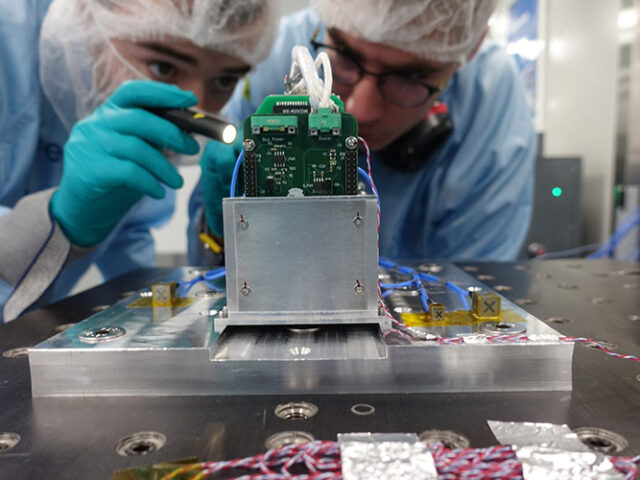With the rapidly growing popularity of smart devices like home digital assistants and IoT sensors that are required to ‘hear’ their surroundings, there is also a rising demand for microphones that are ever more miniaturised, as well as being easy to design-in, robust and tolerant of electrical or acoustic noise.
Luckily, there are choices available to designers, as both MEMS (micro-electro-mechanical system) and electret condenser microphone (ECM) technologies offer workable solutions. Both operate by leveraging the deflection of a diaphragm that acts as a capacitor plate, causing a shift in electrical properties. This variation is then amplified to produce an audio signal for the host system; and in the case of a digital MEMS microphone, it is converted and encoded. In contrast, there are features of both technologies that are considerably different from one another, such as internal circuitry, packaging and application-circuit design, with each offering significant and unique strengths, depending on their application.
As the newer technology on the market, MEMS microphones continue to edge ahead of traditional ECMs due to their smaller package sizes, greater digital noise tolerance and close sensitivity matching between devices. However, ECMs can still be a viable option when upgrading a legacy design, while their greater range of termination types and wider operating voltages can afford additional design flexibility.
To find out more about the two most common microphone technologies and how to make the best selection for your application, take a look at the CUI Insights blog, ‘Comparing MEMS and Electret Condenser (ECM) Microphones’.




